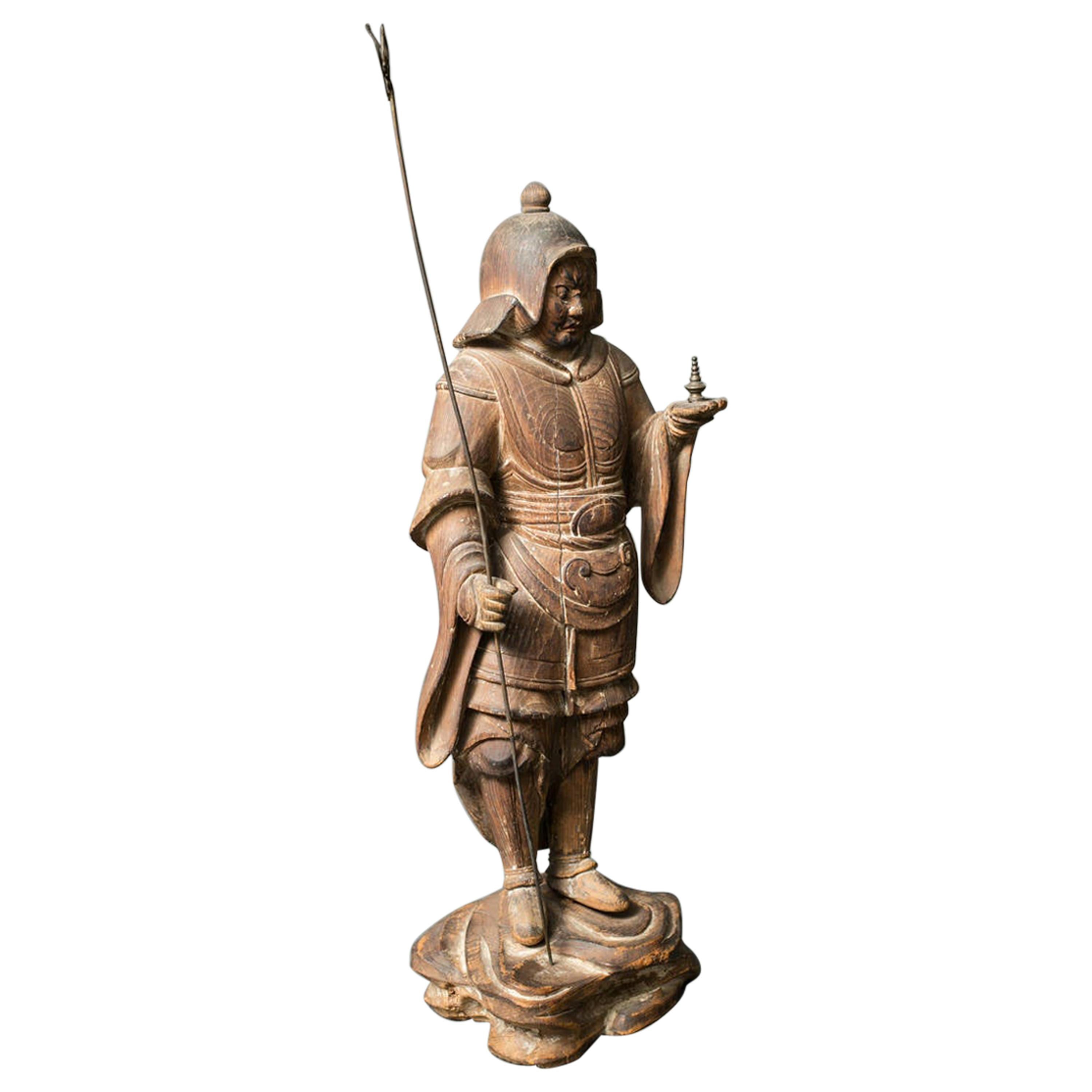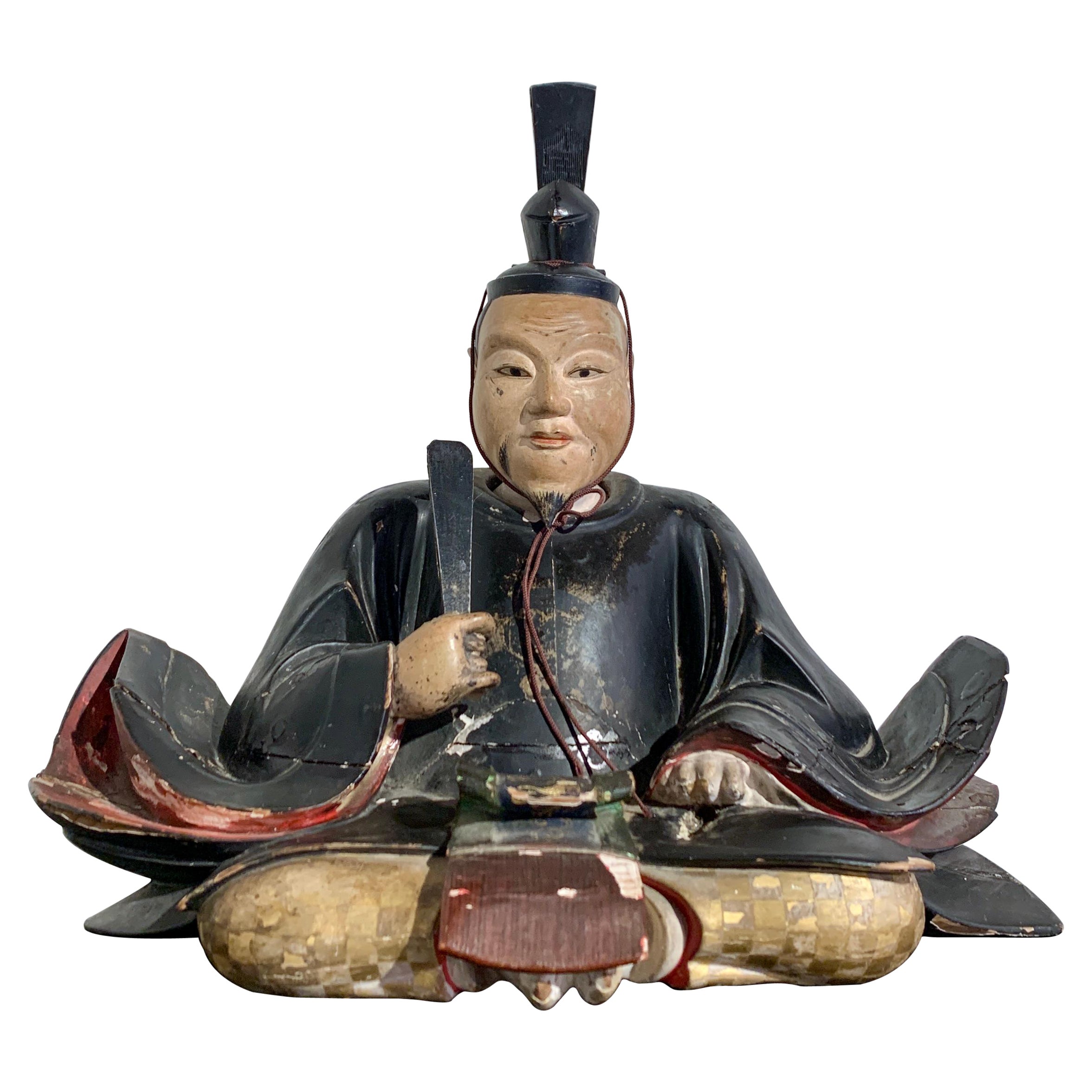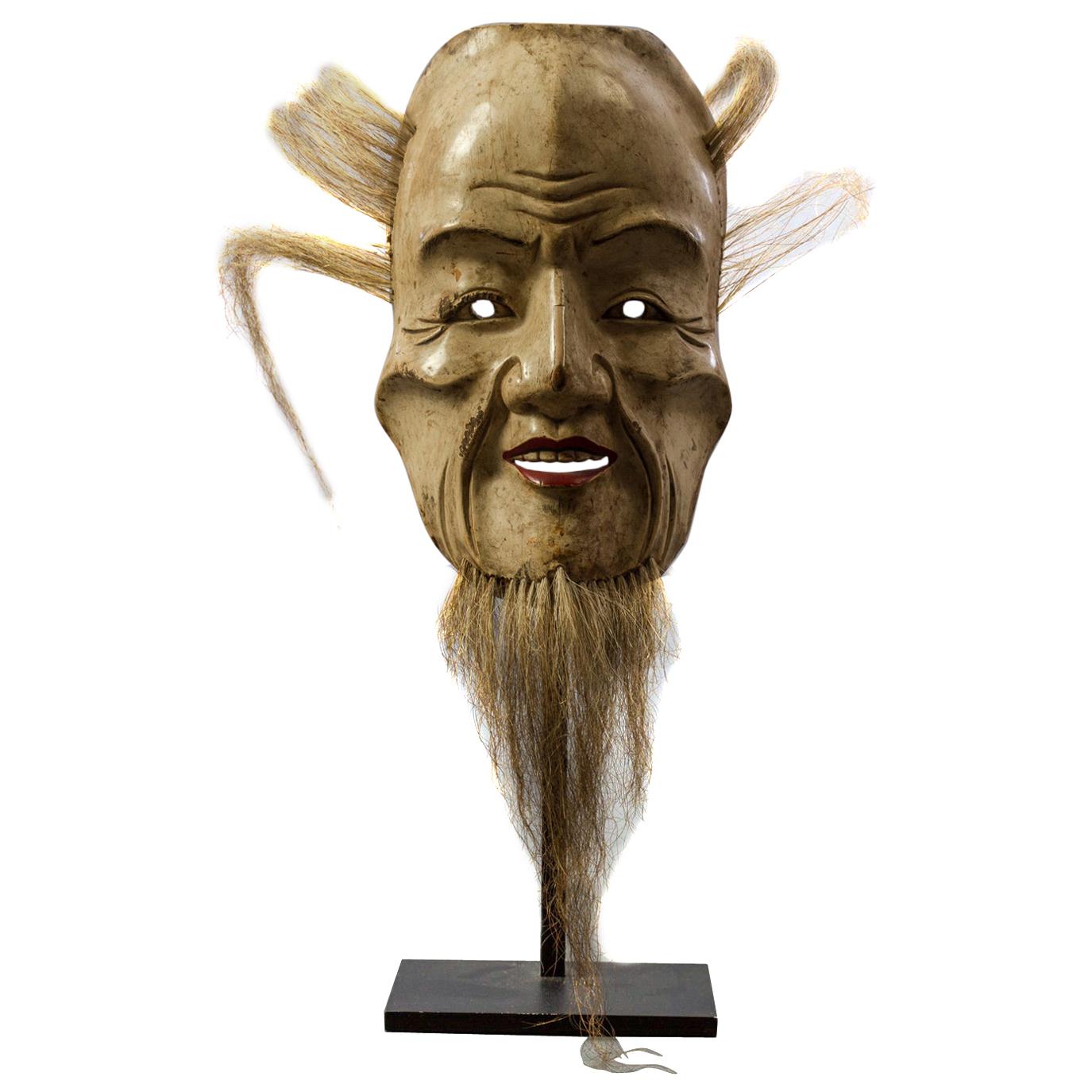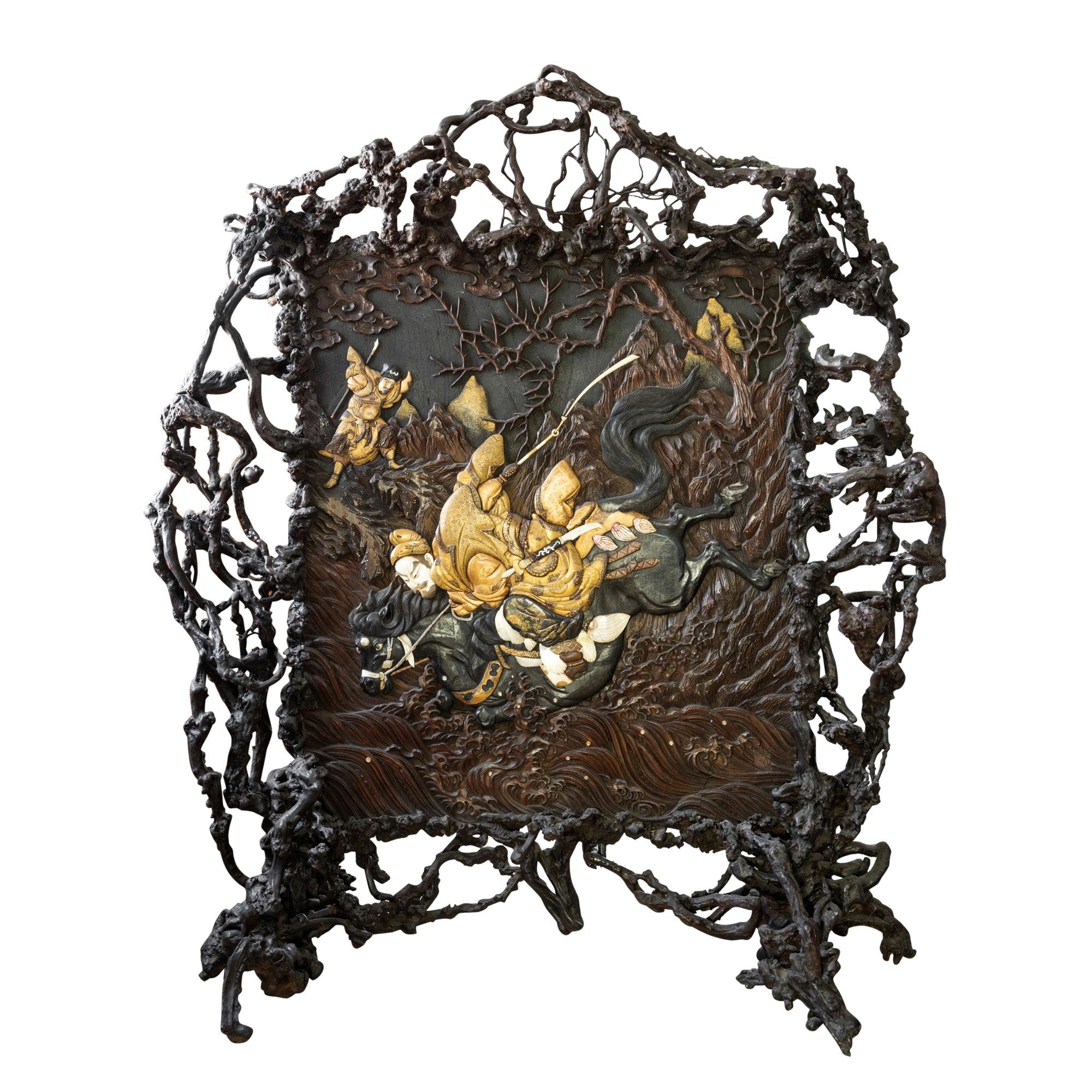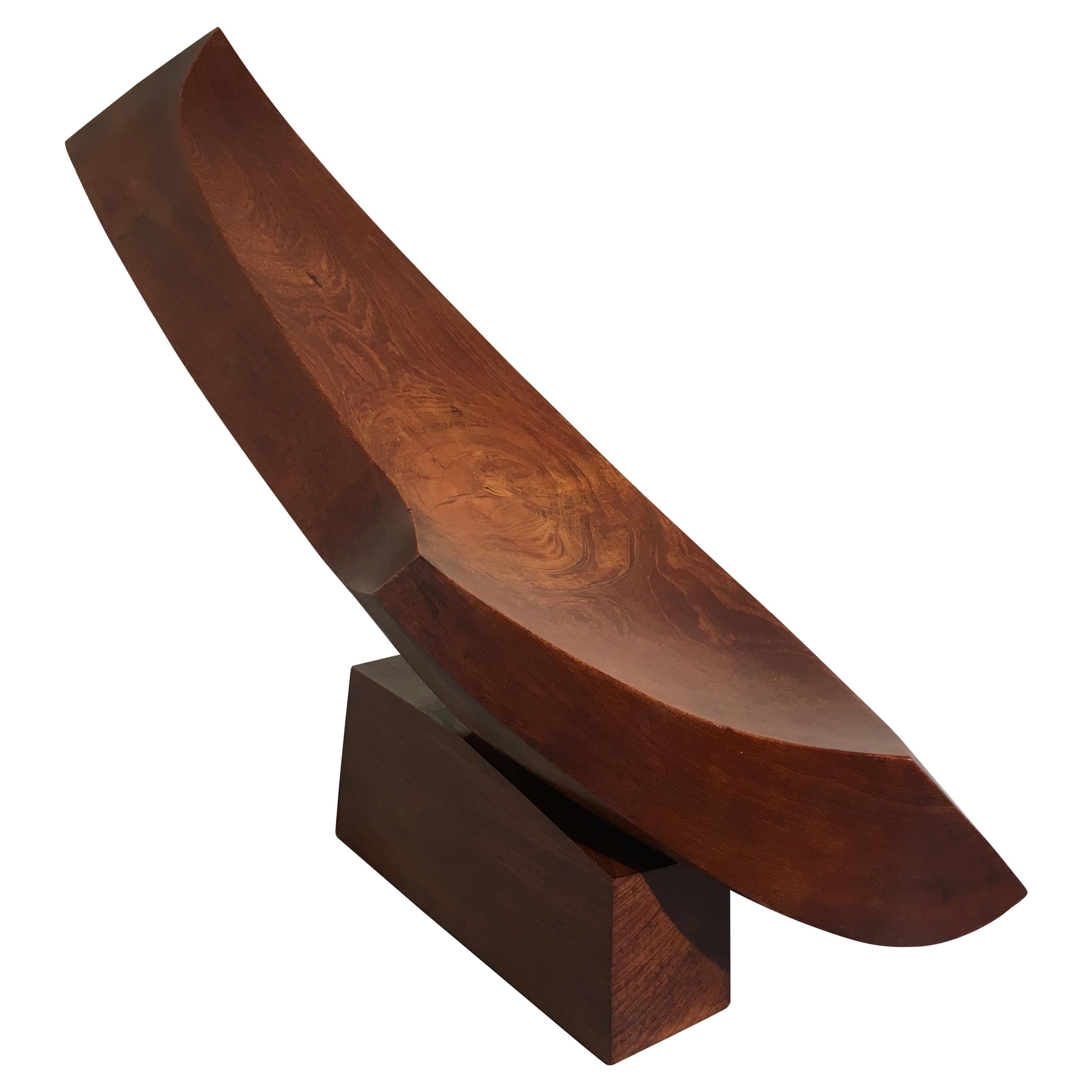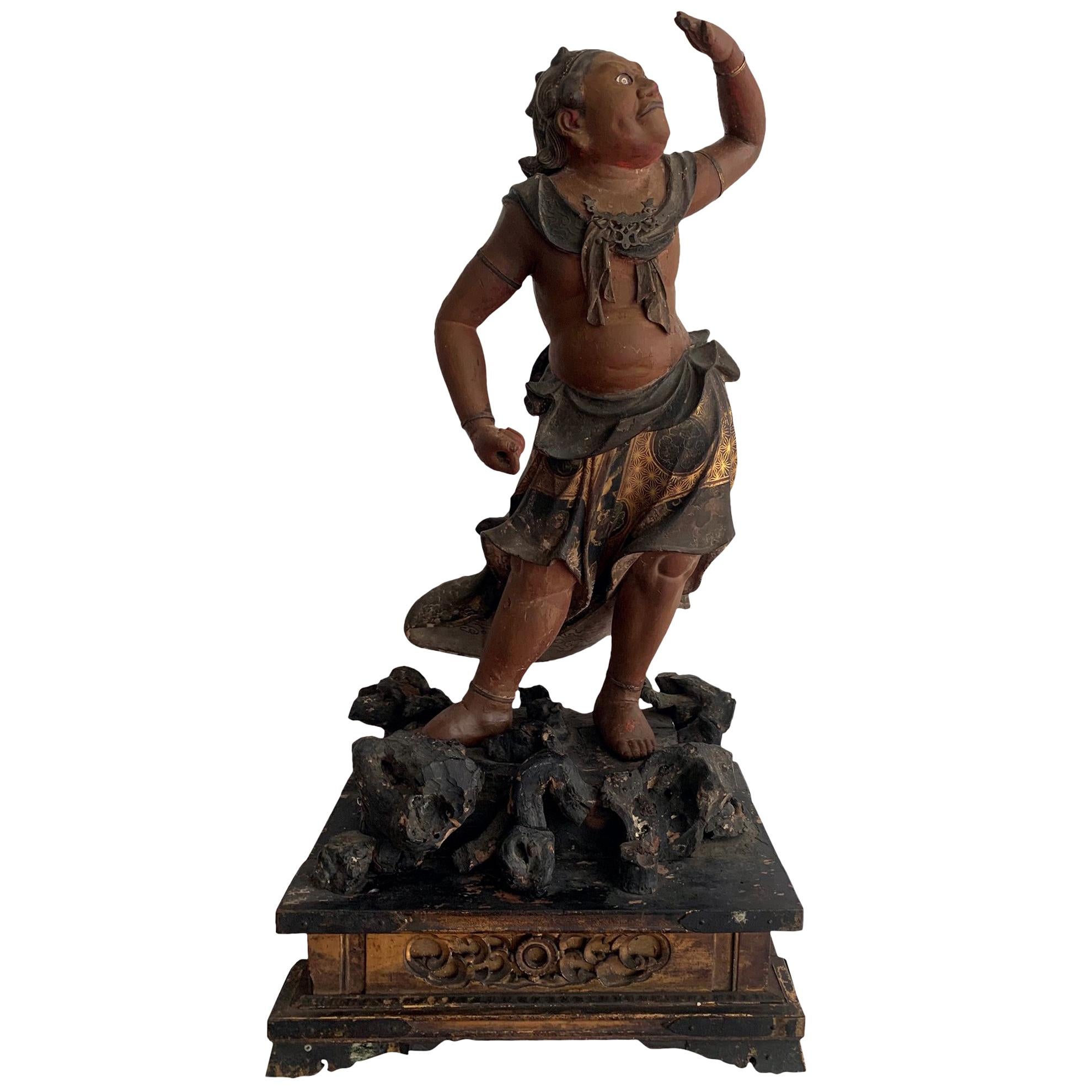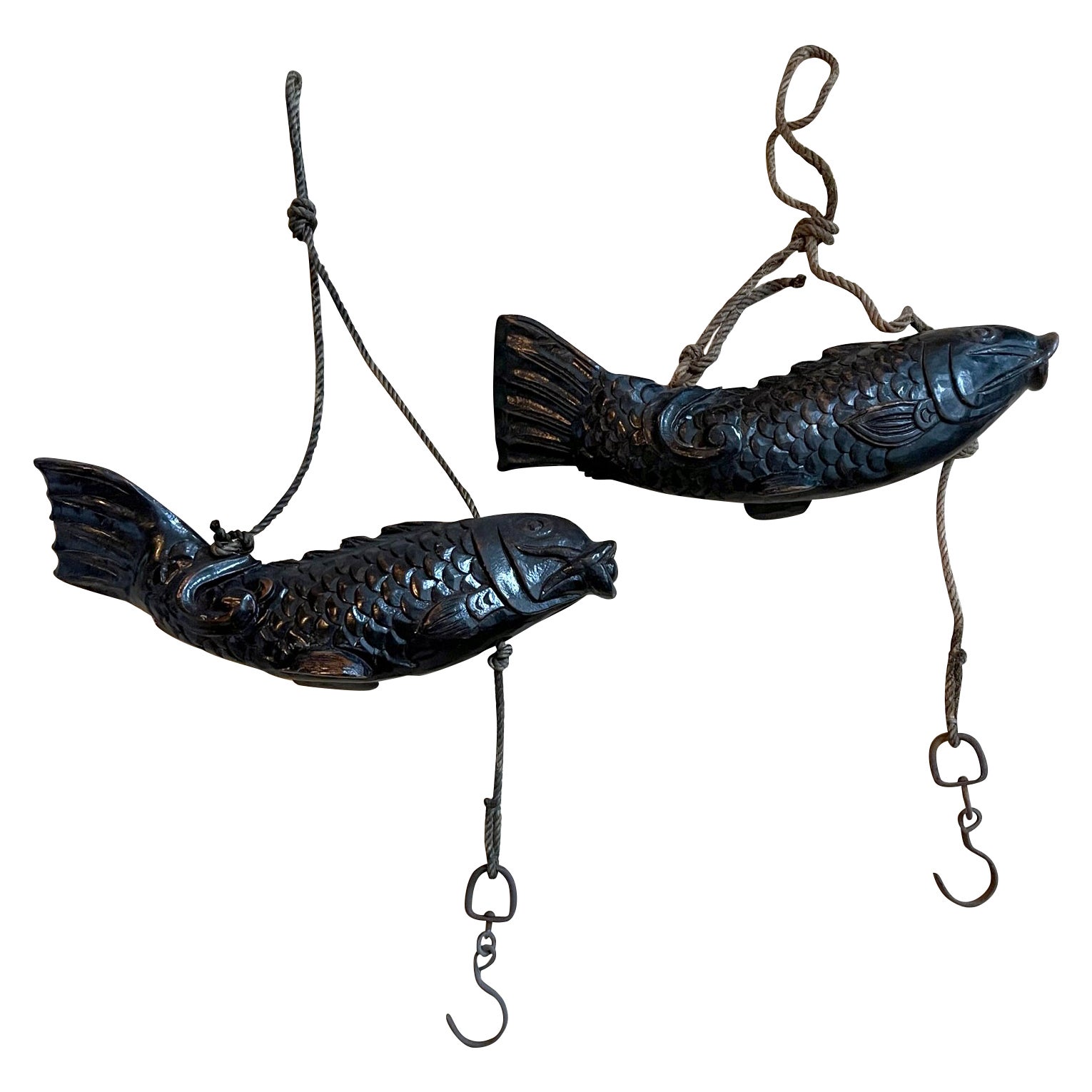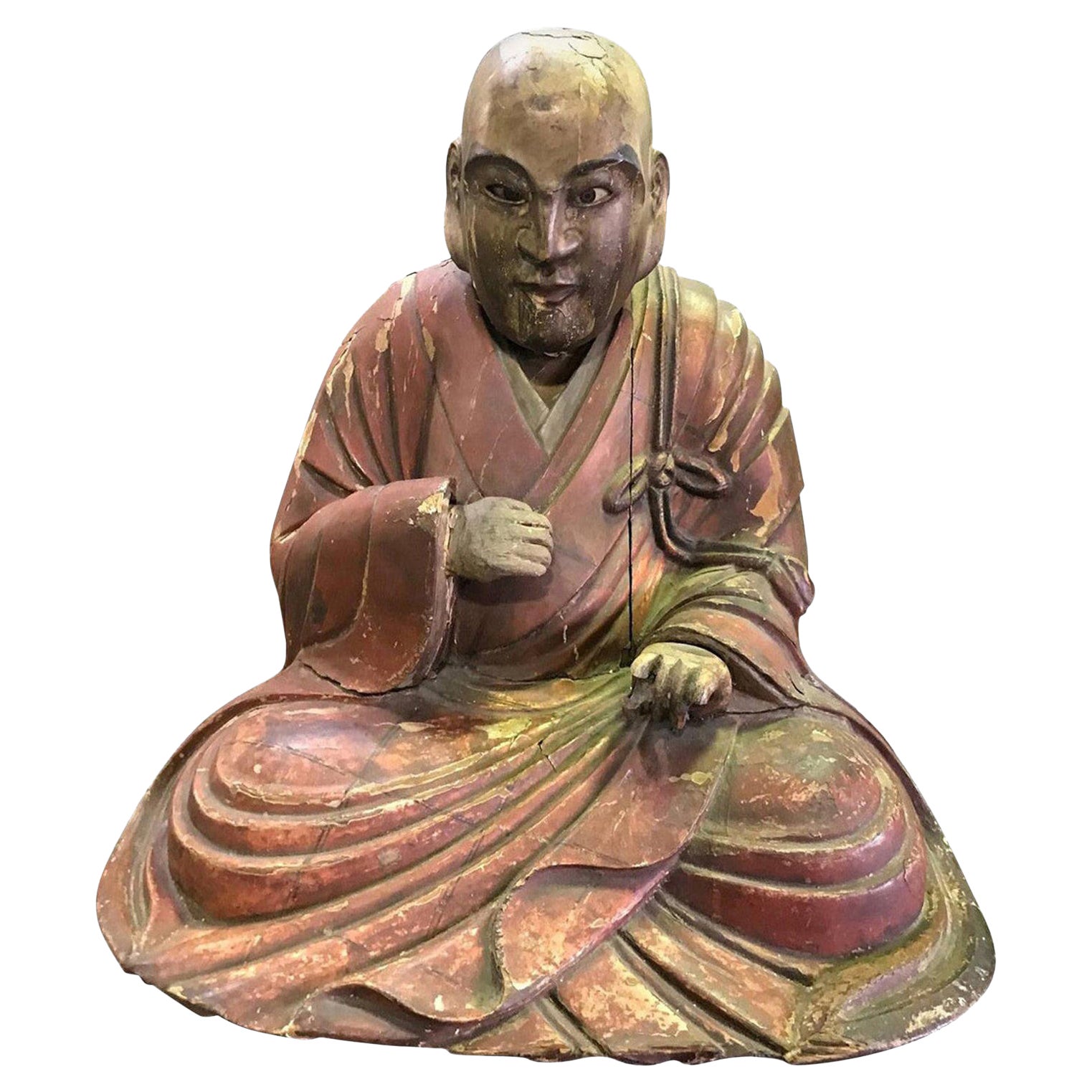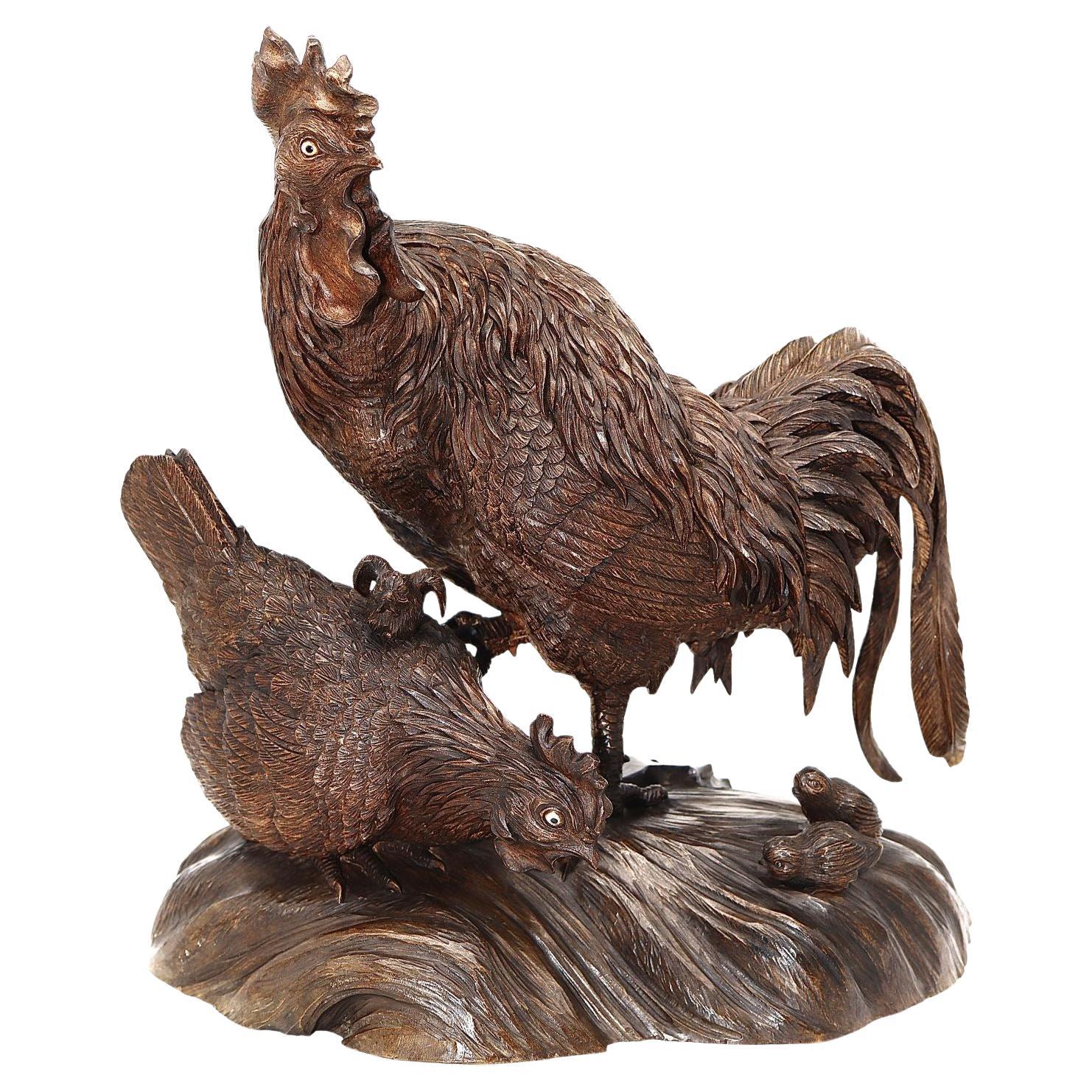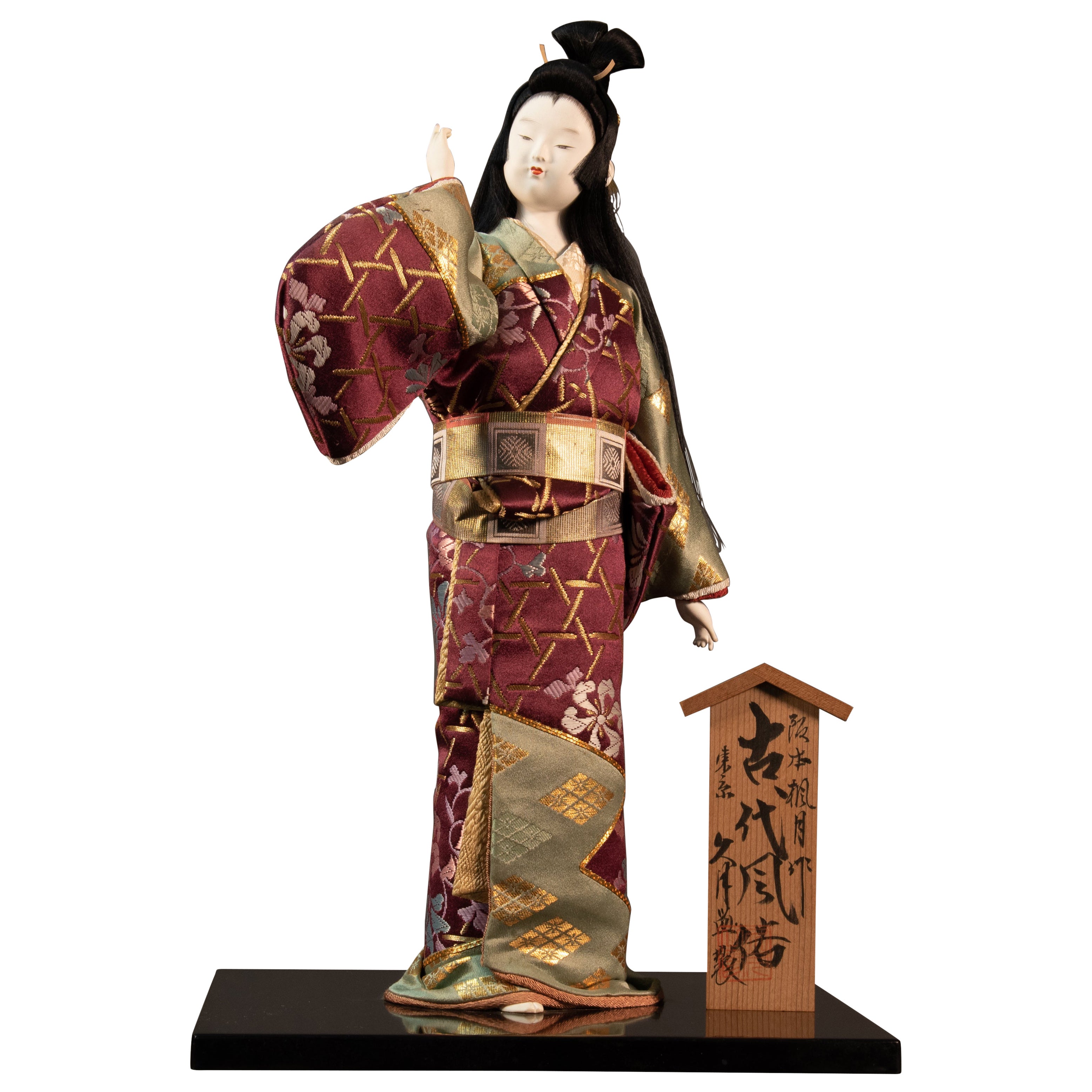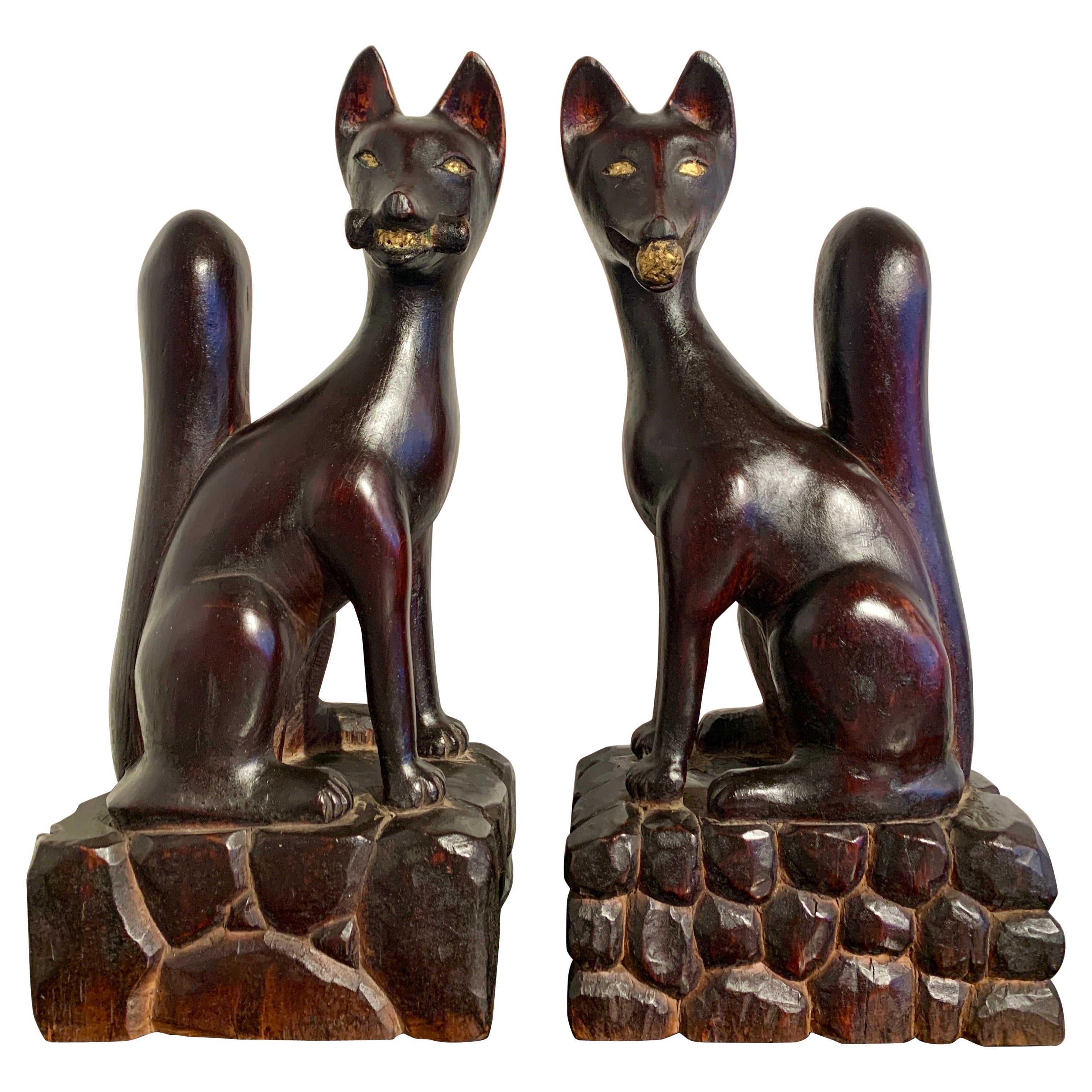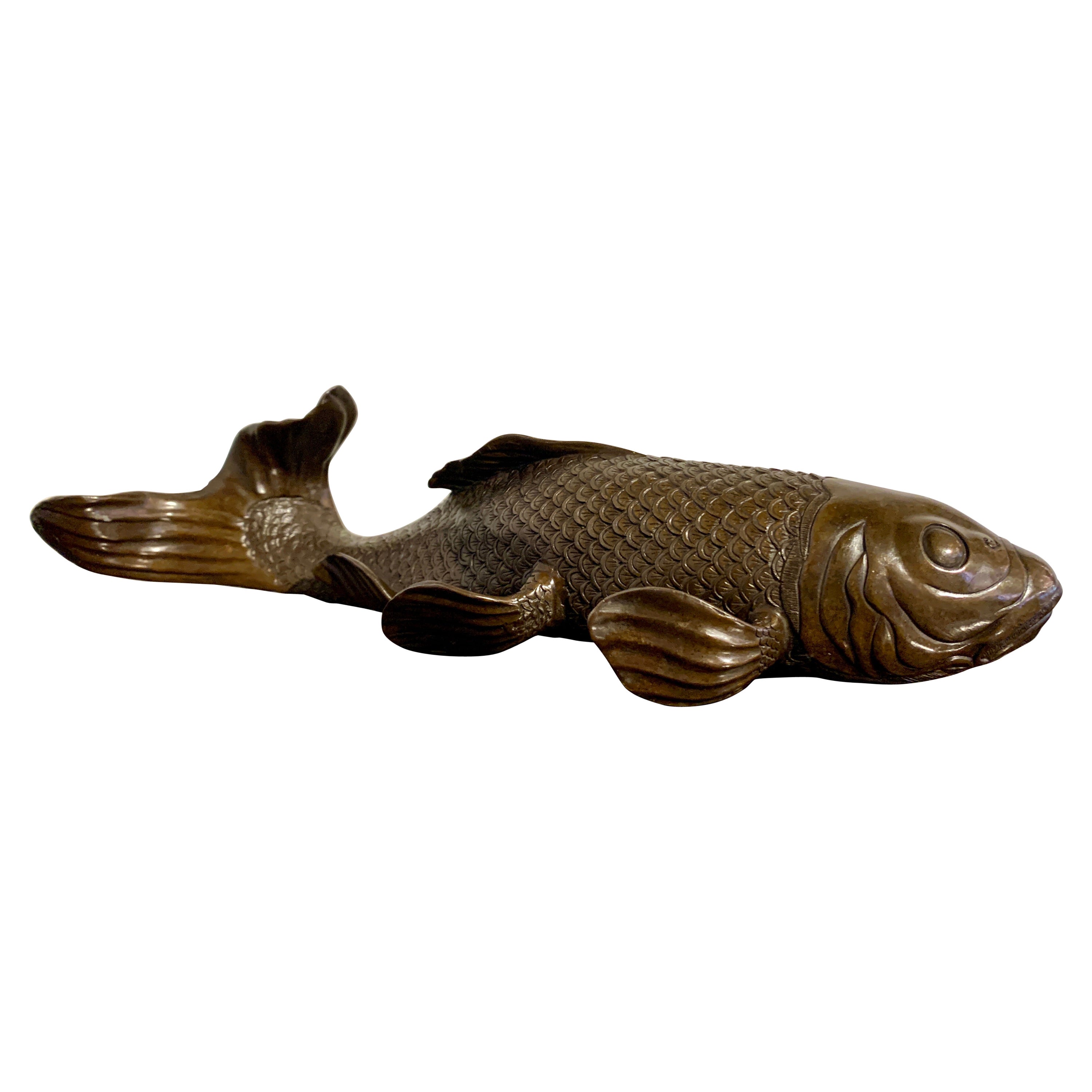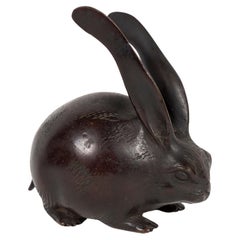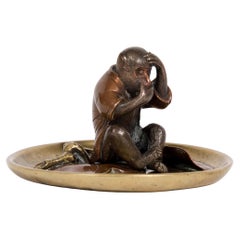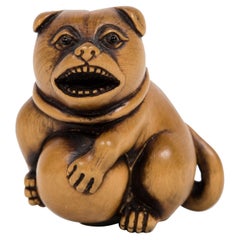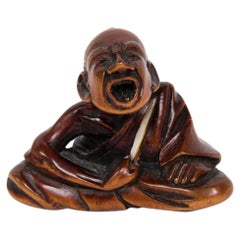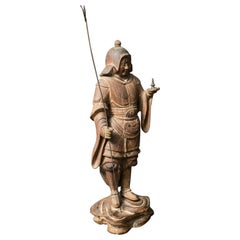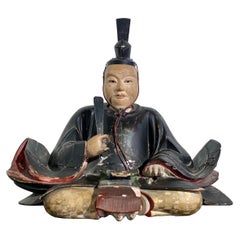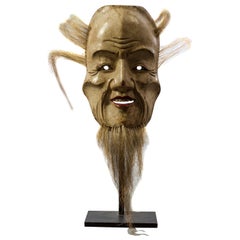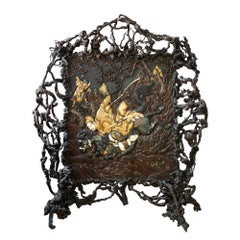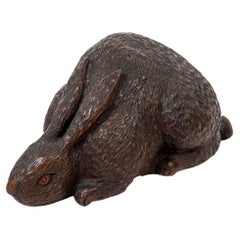
Japanese Wood Hare
View Similar Items
Want more images or videos?
Request additional images or videos from the seller
1 of 9
Japanese Wood Hare
About the Item
- Dimensions:Height: 7.29 in (18.5 cm)Width: 6.5 in (16.5 cm)Depth: 13.59 in (34.5 cm)
- Materials and Techniques:
- Period:
- Date of Manufacture:1868-1912
- Condition:Wear consistent with age and use.
- Seller Location:PARIS, FR
- Reference Number:Seller: 2022-10771stDibs: LU8311233544152
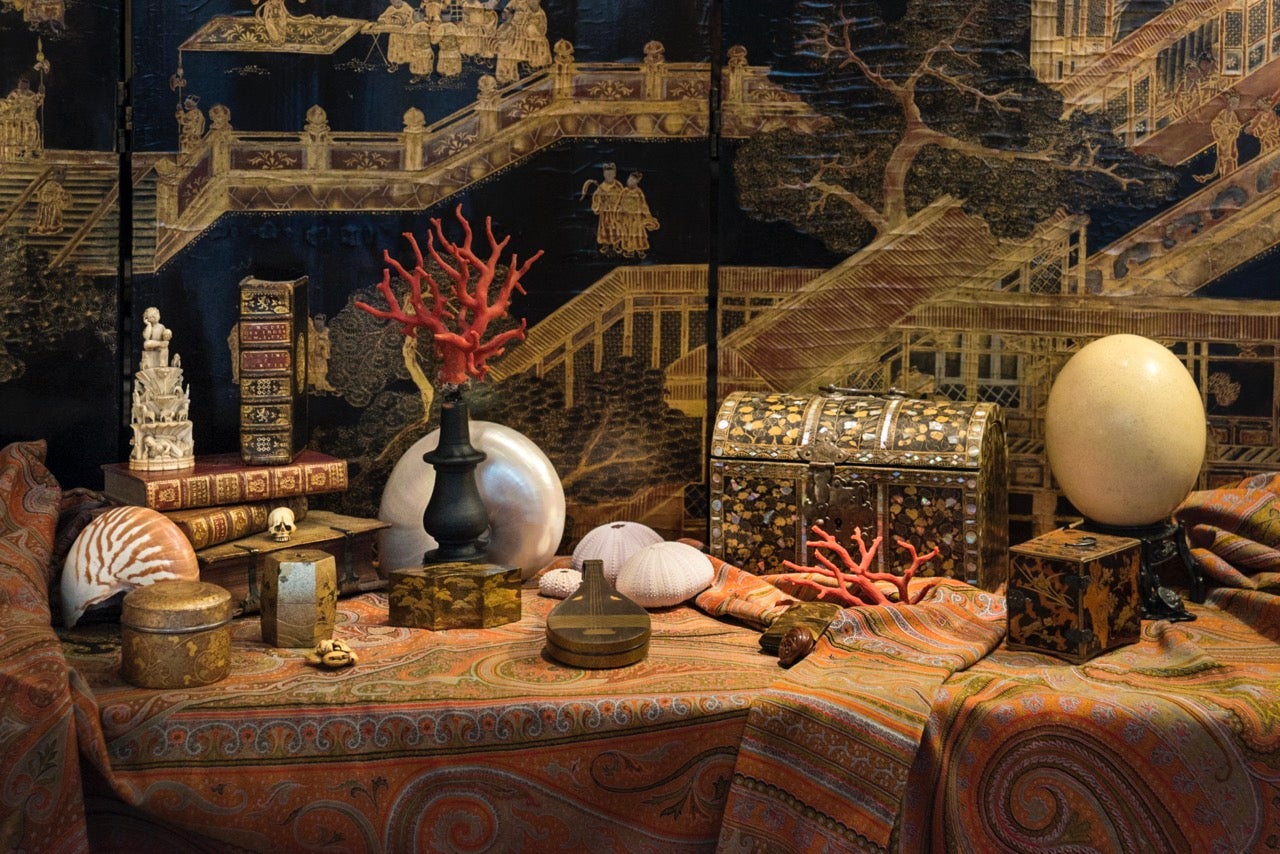
About the Seller
No Reviews Yet
Vetted Professional Seller
Every seller passes strict standards for authenticity and reliability
Established in 2013
1stDibs seller since 2023
Authenticity Guarantee
In the unlikely event there’s an issue with an item’s authenticity, contact us within 1 year for a full refund. DetailsMoney-Back Guarantee
If your item is not as described, is damaged in transit, or does not arrive, contact us within 7 days for a full refund. Details24-Hour Cancellation
You have a 24-hour grace period in which to reconsider your purchase, with no questions asked.Vetted Professional Sellers
Our world-class sellers must adhere to strict standards for service and quality, maintaining the integrity of our listings.Price-Match Guarantee
If you find that a seller listed the same item for a lower price elsewhere, we’ll match it.Trusted Global Delivery
Our best-in-class carrier network provides specialized shipping options worldwide, including custom delivery.More From This Seller
View AllJapanese small round bronze hare Meiji era
Located in PARIS, FR
Small round hare in bronze with dark brown patina, standing on its four legs.
In Japanese, the hare and the rabbit are referred to by a single word: usagi. The animal is one of the t...
Category
Antique Late 19th Century Japanese Japonisme Sculptures and Carvings
Materials
Bronze
Japanese Monkey Suaka
Located in PARIS, FR
Bronze sculpture of a monkey laying on a golden brass tray adorned with copper
leaves. This sculpture is made of sentoku and shibuchi bronze with a very interesting
suaka patina.
...
Category
Antique Late 19th Century Japanese Sculptures and Carvings
Materials
Bronze
$2,096
Japanese Puppy Nestuke in boxwood
Located in PARIS, FR
Netsuke in boxwood representing a puppy with incrusted eyes made of buffalo horns. Its mouth is open, as if it was barking, it also wears a knotted collar and holds a ball between it...
Category
Antique Mid-19th Century Japanese Edo Sculptures and Carvings
Materials
Boxwood
Japanese Professional sneezer Boxwood Netsuke
Located in PARIS, FR
Boxwood netsuke of a seated professional sneezer depicted as an old man with his right hand raised, holding an stick to tickle himself. His head is slightly raised, his eyes practica...
Category
Antique Late 18th Century Japanese Edo Sculptures and Carvings
Materials
Boxwood
Japan bronze cicada sculpture okimono Meiji
Located in PARIS, FR
Bronze sculpture with dark brown patina of a cicada.
The cicada (in Japanese, semi) is considered as a symbol of humanity. Together with a praying mantis and a spider, they represen...
Category
Antique Late 19th Century Japanese Japonisme Sculptures and Carvings
Materials
Bronze
Japanese bronze of a Snail in a Naturalist Pose
Located in PARIS, FR
Bronze with a brown patina representing a snail with a very interesting pose. Its angular pose suggests that it could be exposed in such a way that he would mimic a real snail going ...
Category
Antique Late 19th Century Japanese Meiji Sculptures and Carvings
Materials
Bronze
You May Also Like
Early Japanese Hinoki Wood Sculpture of Bishamon
Located in Hudson, NY
Early Japanese Hinoki wood sculpture of Bishamon. Kamakura period (1185 - 1333) sculpture made from hinoki wood. Bishamon is also known as Tamonten, meanin...
Category
Antique 15th Century and Earlier Japanese Sculptures and Carvings
Materials
Wood
Japanese Carved and Lacquered Wood Shogun, Edo Period, 19th Century, Japan
Located in Austin, TX
An unusual Japanese carved wood, lacquer, and gilt decorated portrait sculpture of a shogun, Edo Period, early 19th century, Japan.
The unidentified shogun (possibly Tokugawa Iey...
Category
Antique Mid-19th Century Japanese Edo Sculptures and Carvings
Materials
Wood, Lacquer
Early 19th Century Japanese Wood Noh Mask
Located in Hudson, NY
Early 19th century Japanese wood noh mask, This mask comes in its original kiri wood storage box, which is signed and dated: Koran, 1811 (Edo period). The box...
Category
Antique 1810s Japanese Edo Sculptures and Carvings
Materials
Gesso, Wood
Japanese Lacquer, Bone and "Root" Wood Screen Meiji Period
Located in West Palm Beach, FL
A Japanese lacquer, bone and "Root" wood screen
Meiji period, late 19th century
of rectangular form, inlaid and applied in relief with finely carved bone with large leafy peony spr...
Category
Antique 19th Century Abstract Sculptures
Materials
Lacquer
Japanese Abstract Expressionist Carved Wood Sculpture by Takao Kimura
By Takao Kimura
Located in Austin, TX
A powerful abstract expressionist caved elm wood sculpture by Japanese artist Takao Kimura, circa 1970s. Carved in two parts, the swooping, concave body plays dramatically with the o...
Category
Vintage 1970s Japanese Expressionist Abstract Sculptures
Materials
Elm
Japanese Lacquered and Gilt Wood Buddhism Statue from Edo Period
Located in Atlanta, GA
An exceptional and wood statue of Buddhism Guardian Seitaka Doji from Japan circa Edo period (1603-1868), likely the earlier part of 17th century. One of two chief attendants of Fudou Myouou (the other being Kongara Doji), the name of Seitaka Doji is a transliteration of Sanskrit "Cetaka", meaning servant, slave, and he is said to personify expedient action. He is most commonly found on the right side of Fudou, together with Kongara Doji on the left, forming the Immovable triad, Fudou Sanzon, the terror of evil doers. Seitaka largely adheres to the iconography of a wrathful youth with fleshy body and face, skin in the color of a red lotus, has his hair tied in five knots, and holds a vajra in his left hand and a vajra-club in his right hand, but the actual artistic representations of him in Japan do...
Category
Antique 17th Century Japanese Japonisme Sculptures and Carvings
Materials
Metal
Recently Viewed
View AllMore Ways To Browse
Wood Carved Rabbit
Rabbit Carving
Hare Carved
Antique Wooden Rabbit
Japanese Rabbit Sculpture
Wood Rabbits Carvings
Japanese Coral Carving
Wood Japanese Statue
Bodhisattva Wood
Buddhist Ring
Carved Standing Buddha
Japanese Stone Basin
Large Jade Sculpture
19th Century Chinese Lantern
Antique Japanese Turtles
Chinese Landscape Sculpture
Hand Carved Hong Kong Furniture
Japanese Lucky Charm
